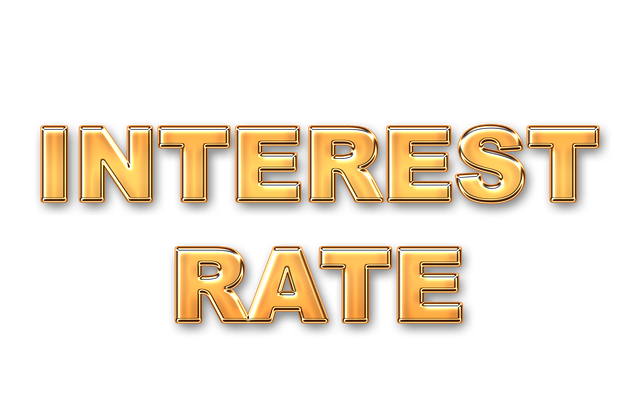In real estate, affordable monthly payments are crucial for market stability. This involves understanding factors like interest rates, loan terms, and debt-to-income ratios to guide buyers and lenders toward sustainable decisions. Real estate professionals play a vital role in budgeting, emphasizing pre-approval and personalized support to make homeownership accessible to diverse groups through various financing options and tailored guidance.
In today’s competitive real estate landscape, understanding monthly payment affordability is crucial for both buyers and lenders. This article delves into the intricacies of mortgage payments, exploring factors that significantly impact buyer budgets. We provide insights on navigating financial challenges and offer strategies to enhance homeownership accessibility. By considering key aspects such as interest rates, down payments, and economic trends, individuals can make informed decisions in the vibrant real estate market.
Understanding Monthly Payment Affordability in Real Estate

In the realm of real estate, understanding monthly payment affordability is paramount for both buyers and lenders. It’s about more than just meeting minimum payments; it’s ensuring a buyer can sustain their financial obligations without compromising other essential expenses. This involves careful consideration of factors like interest rates, loan terms, and the buyer’s overall debt-to-income ratio.
Real Estate professionals play a crucial role in guiding clients towards affordable monthly payments. They help buyers navigate the complex landscape of mortgage options, offering insights into fixed-rate versus adjustable-rate mortgages, and explaining how different terms can impact long-term financial health. By prioritizing monthly payment affordability, both parties can forge a sustainable path toward homeownership, fostering a robust and resilient real estate market.
Factors Influencing Mortgage Payments and Buyer Budgeting

Several key factors significantly influence mortgage payments and buyer budgeting in real estate. First, the interest rate plays a crucial role, as higher rates translate to larger monthly payments. Additionally, loan terms—typically 15- or 30-year periods—impact affordability, with longer terms resulting in lower monthly installments but more interest paid over time. Down payment amounts are another critical factor; smaller down payments mean higher loans and consequently, increased mortgage bills.
Buyer income and overall financial health are also essential considerations. Individuals with stable, higher incomes often find it easier to manage larger mortgage payments. Moreover, budgeting for additional costs such as property taxes, homeowners insurance, and maintenance expenses is vital for maintaining financial stability. Real estate professionals emphasize the importance of pre-approval to understand budgetary limits, ensuring a smooth buying experience and avoiding financial strain in the long run.
Strategies for Enhancing Homeownership Accessibility

Making homeownership more accessible is a multifaceted challenge, but several strategies can help mitigate financial barriers. One key approach is promoting and educating individuals on affordable financing options provided by lenders. These include adjustable-rate mortgages (ARMs) with lower initial interest rates, allowing borrowers to benefit from potentially falling market rates over time. Down payment assistance programs, either through government initiatives or private partnerships, also play a crucial role in softening the financial blow of purchasing a home.
Additionally, real estate professionals can foster inclusivity by offering tailored support to diverse buyer demographics. This might involve specialized guidance for first-time homebuyers, veterans, or low-income individuals, ensuring they receive appropriate tools and resources to navigate the homeownership journey successfully. By combining accessible financing with personalized assistance, the dream of owning a home can become a reality for a broader segment of society.






